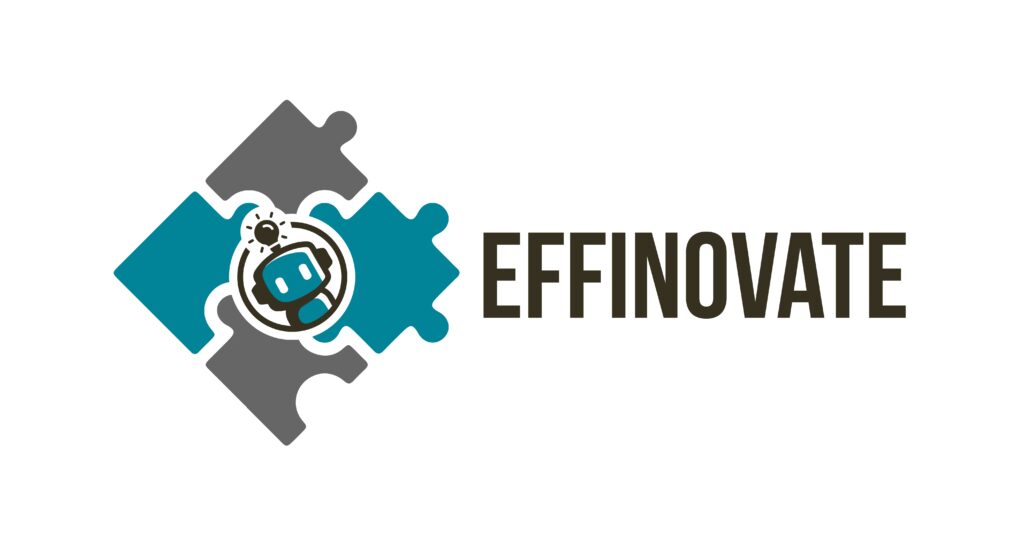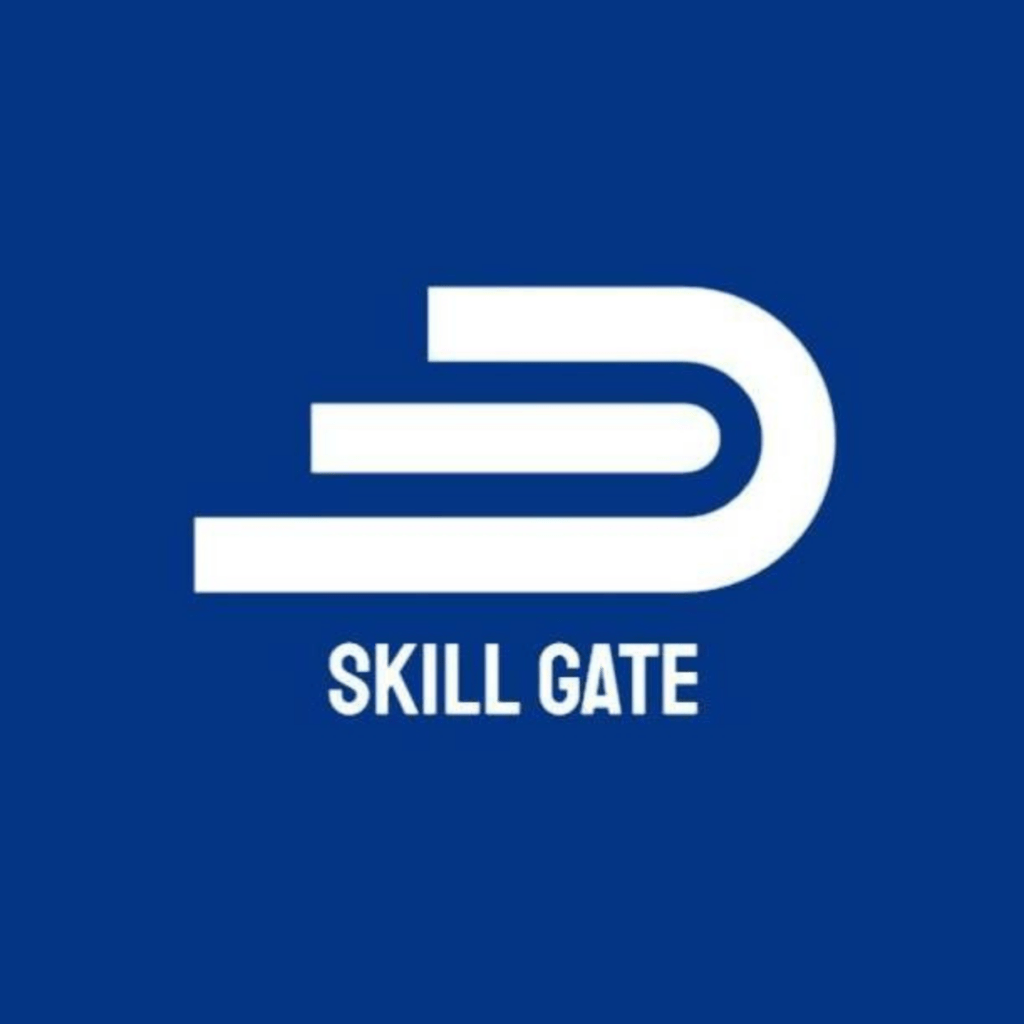Thursday, 5 October 2017
Hard Facts of Business Efficiency by Frank Woollard
Frank Woollard was a British industrial engineer in the 1920s, and he said:
“This principle of ‘benefit for all’ is not based on altruistic ideals – much as these are to be admired – but upon the hard facts of business efficiency.”
Friday, 21 July 2017
Minitab analysis of DOE Catapult experiment in classroom
Monday, 10 July 2017
British Shipyards did not learn the process improvement techniques of Shigeo Shingo.
Apart from Shigeo Shingo’s obvious success with the Toyota Production System, one other notable achievement was creating a production system in ship building at Mitsubishi Shipbuilding in Japan from 1950 to 1953 that reduced ship production time by 50%. Why did British Shipyards not follow these same techniques for improvement ? As a result the British Ship building industry was essentially beaten into submission by the 1980’s and most British Shipyards were closed. Were the British managers of Shipyards and British politicians complacent or ignorant or just not up to the challenge of changing the processes and culture and therefore ‘threw in the towel’ ?
http://www.process-improvement-japan.com/shigeo-shingo.html
Monday, 26 June 2017
Health Care IT using Six Sigma as basis for improvement….not software
Orlando, Florida : Health IT Conference, Feb 19 – Feb 23, 2017
“You have to take a hard honest look at what you are doing today. Six Sigma is good at that,”
said Chuck Spurr the CIO at Shields Health Care Group, speaking on the opening day ofthe Health IT Conference in Orlando, Florida
http://www.healthcareitnews.com/news/secret-shields-success-six-sigma
“First we were throwing software at the problem, but that’s a problem with IT. We build to the specs we are given. So when software alone doesn’t solve issues, we blame everybody, the users, the specs, we blame all over the place.”
In Six Sigma, “all over the place” doesn’t cut it, especially when it comes to the data leaders need to been able to trust in order to make decisions.
Breaking it down, Six Sigma is all about organizing processes and fostering open communication. For example, Spurr said Shields previously grappled with a low rate of payment from patients, but there were concerns that removing patients who wouldn’t pay would cause an uproar among the referral community. The problem, though, was Shields didn’t have any real data to support those concerns. So Shields isolated one pilot location to measure complaints, and in the end, they really didn’t have many. Couple that with the launch of a pre-service collection process and Shields ended up getting 30 percent of payments up front. Something they had not expected.
See video of Chuck Spurr talking 6-Sigma here:
www.youtube.com/watch?v=Vnd0szNrC2A
Sunday, 28 May 2017
Respect for the Human Worker in the new Lean world of Robotic Process Automation ( RPA )
The new technology of ‘Robotic Process Automation’ ( RPA ) has the potential for huge cost savings for companies however NOT by replacing workers with computers or robots.
Instead RPA allows repetitive or logic based process decisions to be done by computer programs ( Robots) rather than humans and thus eliminating the following wastes:
1. Eliminates the Waste of waiting for a decision from a human. Robots work 24/7 365 days and never take breaks. They are always available to make decisions and hence there is zero waiting time.
2. Eliminates the Waste of the incorrect decision being made by Human Error. Decisions instead are based on Business Rules and Logic that has been designed and carefully programmed by a consensus of the process and business experts, with careful consideration of customer needs and expectations.
3. Elimination of Re-Work, Scrap, Lost Customers or Penalty costs due to incorrect decisions being made by Human error. Reduction in the Cost of Poor Quality ( COPQ), an important concept in Lean Six Sigma, first introduced by Joseph Juran in the 1980’s.
4. Elimination of repetitive, tedious and time-consuming transactional activities for Humans that reduce worker moral and reduce time allowed for customer relationship building, sales, design / redesign and problem solving.
Use of RPA allows time for workers to be involved in Value-Added activities that cannot be done by Robots such as
- Relationship Building with customers,
- Sales and Marketing/ advertising
- Design or Re-design or products or Services,
- Design of Re-design of process,
- Programming of the Robots for greater and greater efficiency.
By John Dennis
May 28th 2017
Toyota continues tradition of a ‘No-Layoff’ policy for its full-time workers. Respect for Workers.
Top 5 reasons why the Toyota management model ( also called ‘The Toyota Way’ ) is so good @lean6st
- Toyota enjoys a market value that’s twice the combined market value of its next five competitors—with only one-sixth as many employees
- Toyota as never laid off any full-time salaried employees due to economic downturns in its entire corporate history ( it has however laid-off part-time or hourly workers ).
- Toyota has learned to treat employees/unions and suppliers as partners, defusing potential labor problems before they ever start
- Toyota makes a strong and genuine commitment to environmental improvement, in an industry widely known for its stonewalling on the issue
- Toyota will sometimes compensate an entire class of customers, as they did to all Lexus purchasers in 1996–97, following complaints about tire life; every purchaser got a $500 coupon, whether or not they’d complained
Even in 2017 the USA Toyota factories have a policy of relocation of workers rather then layoffs and all workers receive new job offers ;
See http://www.detroitnews.com/story/business/autos/foreign/2017/01/03/toyota-workforce-reduction/96103714/
The Kentucky Enquirer / Detroit News : Jan 3, 2017 Jan. 3, 2017
Workers have begun relocating from Toyota’s Erlanger plant and will continue through the end of 2018, The Kentucky Enquirer reported.
The company, which is moving its facilities to the Dallas suburb of Plano, said the move will affect 648 workers. All employees received a job offer as part of the restructuring, company spokeswoman Kelly Stefanich said.
Wednesday, 10 May 2017
Lean and Six Sigma Competencies as defined by ISO-18404
Lean and Six Sigma competencies
There are three levels of competency for Lean and Six Sigma described in the ISO-18404 standard: Lean Practitioner, Leader, and Expert; and Six Sigma Green, Black, and Master Black Belt. “Lean & Six Sigma” is simply a combination of the competencies of the equivalent Lean and Six Sigma levels, and follows the same belt structure as Six Sigma. For each level, the standard lists competencies, performance criteria, and suggested evidence of understanding, applying, managing, and training the competency.
LeanThere are 18 competencies described for Lean Practitioner, Leader, and Expert. The focus of the Lean Practitioner level is on understanding and applying the Lean Principles, change at individual and organisational level, workplace optimization (see 5S), and analysis and measurement of data and process improvement. At Lead Leader and Expert level there is additional focus on stakeholder management, team engagement, and reporting skills, as well as a shift towards management and teaching of the competencies. The expectations of the three levels are summarized in the table below:
| Level | Expectations |
| Lean Practitioner | 1. Work to implement improvements in the local area 2. Use workplace layout techniques to improve process flow 3. Be required to lead improvement activities and quantify benefits delivered 4. Coach team members on process improvement methods and activities 5. Run training sessions on Lean techniques |
| Lean Leader | 1. Work with the local ‘line management’ to identify and drive improvement within the local environment 2. Use takt times and cycle times to identify appropriate resource requirements 3. Be required to lead improvement activities and quantify benefits delivered 4. Coach Lean practitioners on process improvement methods and activities 5. Run training sessions on Lean techniques |
| Lean Expert | 1. Lead improvement initiatives as required 2. Determine if any training activities are appropriate and effective 3. Provide training in Lean approaches to Lean leaders as required 4. Assist in the identification of suitable areas for Lean implementation 5. Assist in periodic reviews of the implementation 6. Provide internal consultancy in Lean 7. Provide support so that improvements identified are realized and maintained 8. Coach and mentor the Lean leaders in the implementation of Lean principles and the selection and use of the techniques required 9. Work regularly with senior management to build Lean awareness, Lean skills and support for implementation 10. Perform Lean audits at site level and use the results to identify future Lean events 11. Benchmarking 12. Instigate/coordinate reward and recognition as appropriate |
Six Sigma
There are 23 competencies for Six Sigma in ISO 18404, which are consistent across all the levels. As with Lean, as one progresses to the higher belts there is more attention to specific techniques and to managing and teaching the competencies. We’re not Six Sigma experts so we can’t comment on the appropriateness of the standard in this area, however, the approach and tools and techniques in ISO 18404 have been drawn from ISO 13053-1 and -2.







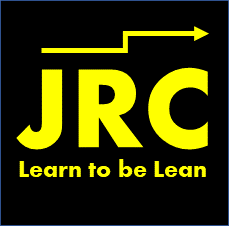















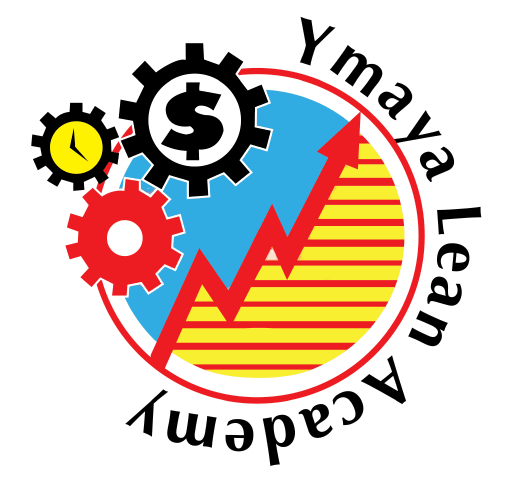







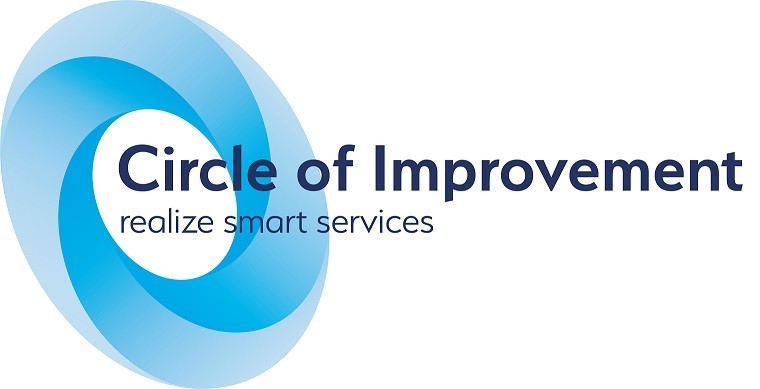



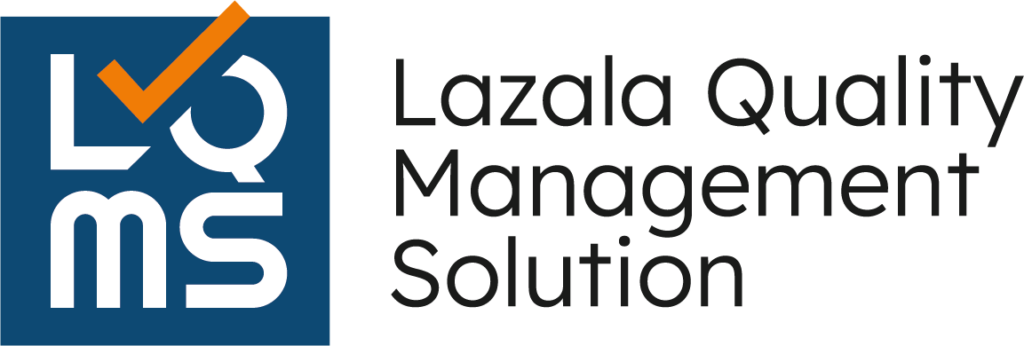







![UCOURSE.ORG [UCOURSE Academy] was established in Hong Kong in 2019 (company name: UCOURSE LTD), dedicated to providing high-quality online courses and courses for Chinese people in China, Hong Kong, and even all over the world. UCOURSE.ORG 【优思学院】于2019年成立于香港(公司名称:优思学院有限公司 / UCOURSE LTD),致力于为中国、香港、以至身处于全球各地的中国人提供优质的线上课程和考试认证,促进全国的人材培育、个人的职业发展,让学员在事业上事半功倍,同时助力国家的未来的急促发展。](https://ilssi.org/wp-content/uploads/2021/02/ucourse-logo-250.png)











